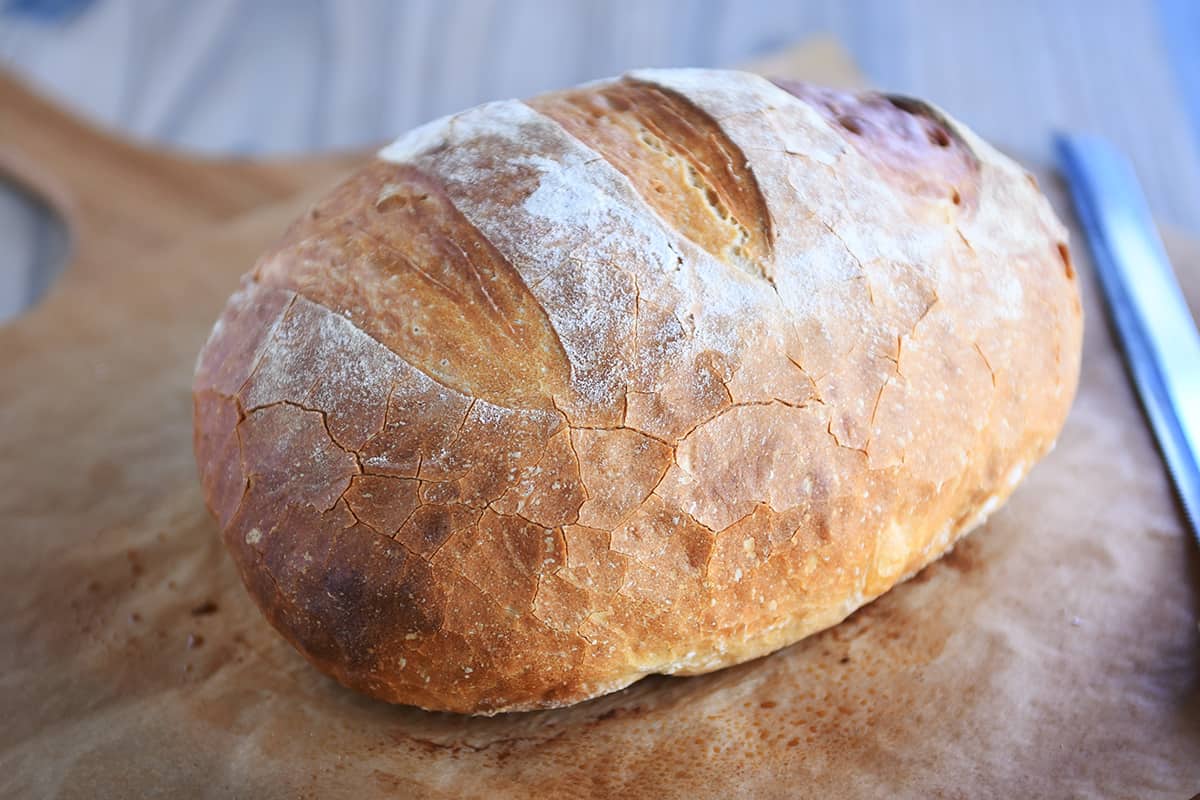

Articles
How To Store Crusty Bread
Modified: January 5, 2024
Discover the best articles on how to store crusty bread and keep it fresh for longer. Learn simple tips and techniques to preserve the deliciousness and texture of your favorite crusty loaves.
(Many of the links in this article redirect to a specific reviewed product. Your purchase of these products through affiliate links helps to generate commission for Storables.com, at no extra cost. Learn more)
Introduction
Crusty bread is a delightful treat loved by many. From a fresh baguette to a hearty loaf of sourdough, the crispy crust adds a satisfying crunch to every bite. However, keeping crusty bread fresh and maintaining its signature texture can be a challenge. Without proper storage, crusty bread can quickly become stale or lose its crunchiness.
In this article, we will explore the art of storing crusty bread to help you preserve its taste and texture for as long as possible. Whether you’ve baked your own crusty bread or bought it from a bakery, these tips will ensure that you can enjoy the deliciousness of crusty bread for days to come.
Key Takeaways:
- Preserve the Crunch: Store crusty bread uncovered at room temperature, away from heat and sunlight. Re-crisp when needed and consider a bread box for optimal freshness.
- Freeze for Freshness: Extend the life of crusty bread by wrapping it tightly and labeling before freezing. Thaw and reheat to enjoy the same crispy texture.
Read more: How To Store Homemade Crusty Bread
Understanding Crusty Bread
Crusty bread, also known as artisan bread, is characterized by its crispy exterior and soft, chewy interior. The formation of a crust on the bread is a result of the Maillard reaction, a chemical reaction between amino acids and reducing sugars in the dough. This reaction creates desirable flavors and aromas, as well as the characteristic crust that we love.
The crust of crusty bread is typically thicker and harder compared to regular bread. This is due to a longer baking time at high temperatures, which helps to develop a deep brown color and a firm, crunchy texture. The crust acts as a protective barrier, sealing in the moisture in the bread and preventing it from becoming dry.
It’s important to note that while the crust adds a wonderful texture and flavor to the bread, it can also be more prone to staling. Staling occurs when the starches in the bread undergo retrogradation, causing the bread to become firm and lose its soft, chewy texture. Proper storage techniques can help slow down this process and keep your crusty bread fresh for longer.
Factors that Affect Bread Crustiness
Several factors come into play when it comes to the crustiness of bread. Understanding these factors will help you better store and preserve your crusty bread. Here are the key factors that can affect the crustiness of bread:
- Baking Time and Temperature: The longer a bread is baked at high temperatures, the thicker and crunchier its crust will be. A shorter baking time or lower temperature can result in a softer crust.
- Bread Formula: Different bread recipes and ingredients can yield different degrees of crustiness. For example, breads made with higher protein flour, such as bread flour, tend to have a thicker crust. Bread formulas that include fats, sugars, or milk may also result in a softer crust.
- Baking Method: The method used to bake the bread can also impact crustiness. Steam is often introduced during the initial stage of baking to keep the surface of the dough moist, allowing for proper expansion. This steam helps in the formation of a crispy and well-developed crust.
- Cooling Process: Allowing the bread to cool completely after baking is crucial for maintaining crustiness. If the bread is wrapped or stored while it’s still warm, condensation can accumulate, making the crust soft and soggy.
- Storage Conditions: How you store your crusty bread can significantly impact its crustiness. Exposure to moisture, such as in a humid environment or improper packaging, can lead to a loss of crustiness.
By understanding these factors, you can make informed decisions when it comes to storing your crusty bread to maintain its desired texture and preserve its crustiness.
Storing Crusty Bread at Room Temperature
If you plan to consume your crusty bread within a day or two, storing it at room temperature is a convenient option. Here are some guidelines to follow:
- Keep it uncovered: Crusty bread should be stored uncovered or loosely wrapped. This allows air circulation and prevents moisture from accumulating on the surface, which can soften the crust.
- Avoid direct sunlight and heat: Keep your bread away from sunlight and heat sources, such as the oven or stovetop. These can accelerate the staling process and cause the crust to become chewy instead of crispy.
- Re-crisp if needed: If your crusty bread starts to lose its crunch, you can re-crisp it by placing it in a preheated oven at 350°F (175°C) for about 5 minutes. This will help revive the crust and bring back its crispy texture.
- Consider a bread box or bread bin: Using a bread box or bread bin can provide a consistent environment for your crusty bread. These containers are designed to allow some air circulation while keeping the bread protected from excess moisture and potential contaminants.
- Be cautious with plastic bags: While plastic bags can help keep the bread softer for longer, they can also trap moisture and compromise the crustiness. If you choose to use a plastic bag, make sure it is not airtight and that the bread has cooled completely before storing.
By following these tips, you can enjoy crusty bread at its best for a couple of days. However, if you plan to store it for a longer period or want to retain its freshness beyond a couple of days, it is best to consider freezing the bread.
Store crusty bread at room temperature in a paper bag to maintain its crispiness. Avoid plastic bags, as they can trap moisture and make the bread soggy.
Storing Crusty Bread in the Freezer
If you want to prolong the freshness of your crusty bread beyond a few days, freezing is a great option. Freezing can help preserve the texture and flavor of the bread. Follow these steps to store your crusty bread in the freezer:
- Cool the bread completely: Allow the crusty bread to cool completely at room temperature before freezing. This prevents condensation from forming inside the packaging, which can make the bread soggy.
- Wrap the bread properly: Wrap the bread tightly in plastic wrap or aluminum foil. Ensure that it is well-protected and sealed to prevent freezer burn and maintain the quality of the bread. You can also use a freezer bag to provide an extra layer of protection.
- Label and date the package: It’s important to label the package with the date of freezing, as this will help you keep track of its freshness. Use a permanent marker to write the date on the packaging.
- Place in the freezer: Put the wrapped bread in the freezer, preferably on a flat surface to maintain its shape. Avoid placing heavy items on top of the bread to prevent deformation.
- Thawing and reheating: When you’re ready to enjoy the crusty bread, remove it from the freezer and let it thaw at room temperature. Once thawed, you can reheat it in a preheated oven at 350°F (175°C) for a few minutes to bring back its crispy crust.
By following these steps, your crusty bread can be stored in the freezer for up to three months without significant loss in quality. However, for the best experience, try to consume it within the first month of freezing.
Freezing is a convenient way to stock up on crusty bread and ensure its freshness for future use. Whether you bake your own bread or purchase it from a bakery, freezing can be a reliable method to preserve its crustiness.
Read more: How To Store Bread Machine Bread
Reviving Stale Crusty Bread
Have you ever found yourself with a stale crusty bread that has lost its crunchiness? Don’t worry! There are a few simple methods to revive stale crusty bread and bring back its delightful texture. Here are some techniques you can try:
- Oven Method: Preheat your oven to 350°F (175°C). Moisten the surface of the stale bread lightly with water using a spray bottle or by dipping your fingers in water and flicking it onto the bread. Place the bread directly on the oven rack and bake for about 10 minutes. The heat will help to remove some of the moisture and make the crust crispy again.
- Steam Method: If your crusty bread has gone slightly stale, you can use the power of steam to bring back its freshness. Wet a clean kitchen towel or a cloth with water, wring out any excess moisture, and wrap the bread in it. Place the wrapped bread in a preheated oven at 350°F (175°C) for about 5-10 minutes. The moisture from the towel will soften the bread slightly, and the heat will allow the crust to re-crisp.
- Toaster Method: For smaller pieces of crusty bread, like baguette slices, using a toaster is a quick and effective way to revive them. Toast the stale bread on the highest setting until it becomes warm and crunchy. Keep a close eye on it to prevent it from burning.
- Bread Crumbs or Croutons: If you realize that your crusty bread is too hard to revive, don’t despair! You can repurpose it into bread crumbs or croutons. Slice or tear the stale bread into small pieces, toss them in olive oil or melted butter, season with herbs or spices of your choice, and bake in a preheated oven at 350°F (175°C) until they are golden brown and crispy.
These methods can work wonders in bringing back the crustiness and texture of your stale crusty bread. However, keep in mind that the bread may not regain the same level of freshness as when it was newly baked. It is best to consume revived crusty bread the same day to fully enjoy its revived texture.
Remember, prevention is always better than revival when it comes to maintaining crusty bread’s original freshness. By following proper storage techniques, you can prolong the crustiness and enjoy your crusty bread at its best for longer periods.
Conclusion
Crusty bread is a beloved delicacy that deserves proper care and attention to maintain its texture and flavor. Whether you’re a fan of baguettes, sourdough, or any other type of crusty bread, understanding how to store it correctly makes a significant difference in its longevity.
From the factors that affect bread crustiness to the various storage methods, we’ve explored the key aspects of preserving the crustiness of your bread. When storing crusty bread at room temperature, keeping it uncovered, avoiding direct sunlight and heat, and re-crisping when needed are essential. If you need to store crusty bread for a more extended period, freezing it is an excellent option. Proper wrapping, labeling, and thawing techniques are crucial for maintaining its quality.
In case your crusty bread does become stale, don’t fret! There are methods to revive it. Whether using the oven, steam, toaster, or repurposing it into bread crumbs or croutons, you can salvage your crusty bread’s texture and enjoy it once again.
Remember, while we’ve covered the general techniques for storing and reviving crusty bread, each bread may have specific requirements. It’s always a good practice to follow any instructions provided by the bread recipe or the baker from whom you purchased the bread.
By following these tips and techniques, you can savor your crusty bread for longer periods, ensuring that every bite remains a crunchy and flavorful experience. So go ahead, bake or buy your favorite crusty bread, store it properly, and indulge in the joy of fresh, crusty goodness!
Frequently Asked Questions about How To Store Crusty Bread
Was this page helpful?
At Storables.com, we guarantee accurate and reliable information. Our content, validated by Expert Board Contributors, is crafted following stringent Editorial Policies. We're committed to providing you with well-researched, expert-backed insights for all your informational needs.
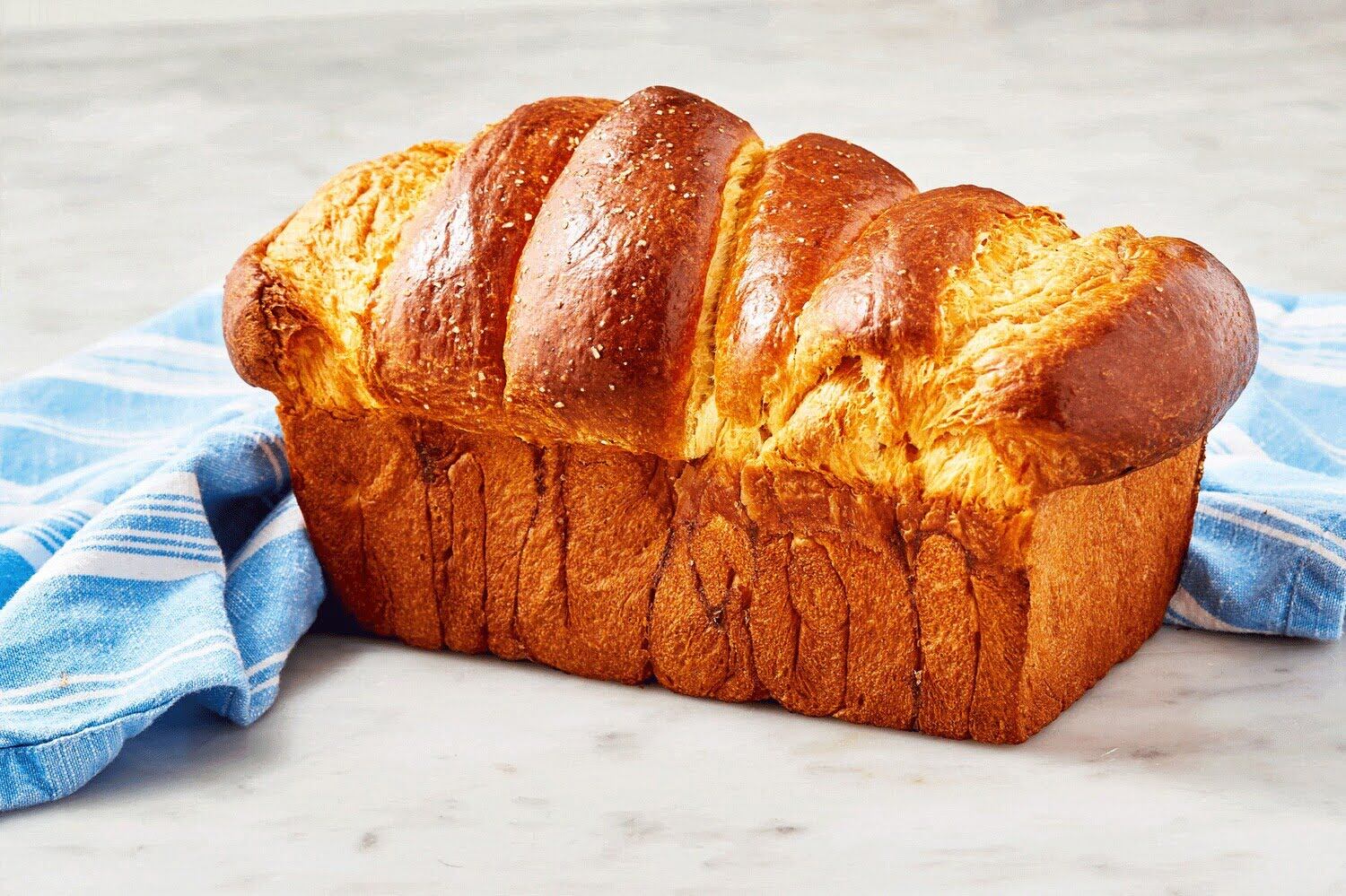

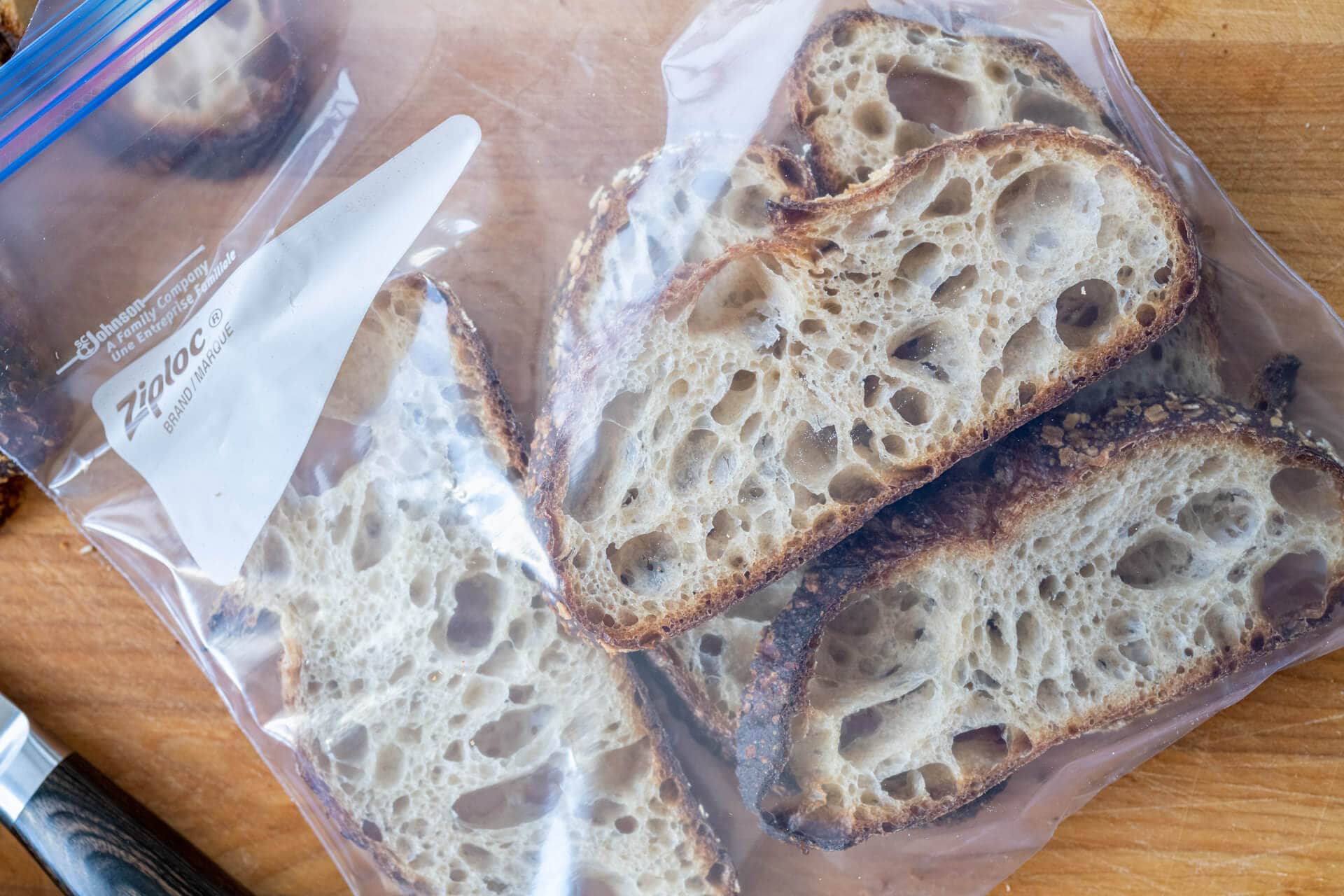


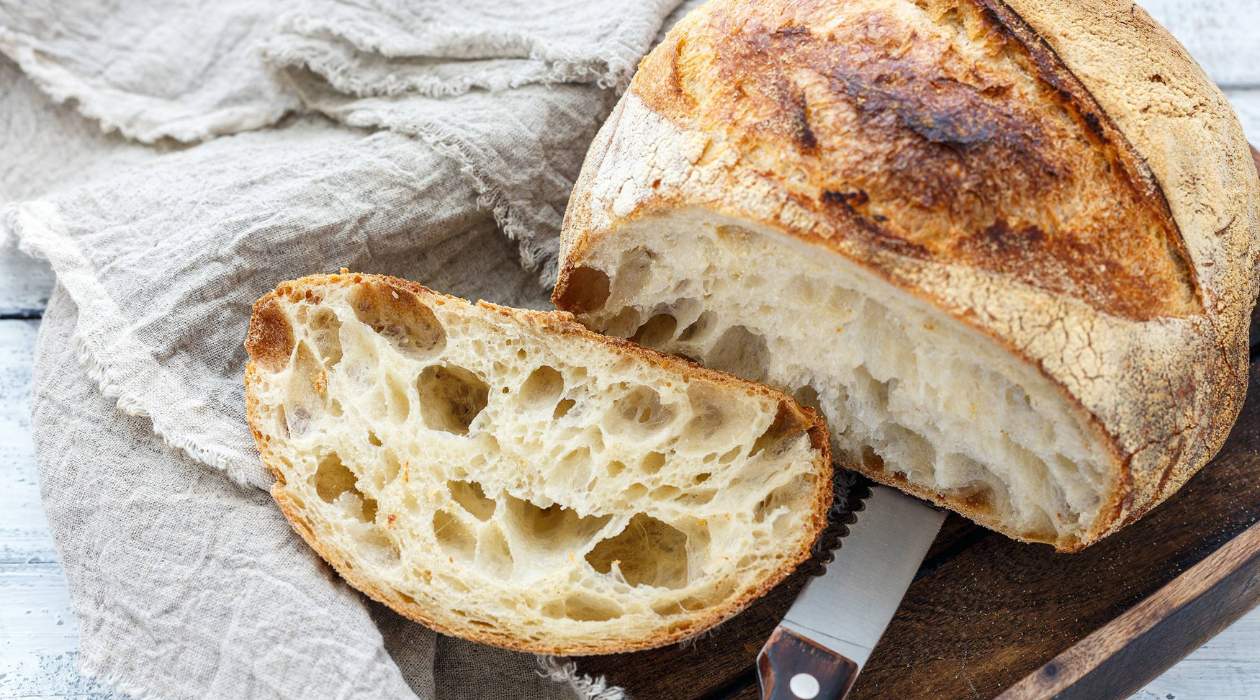




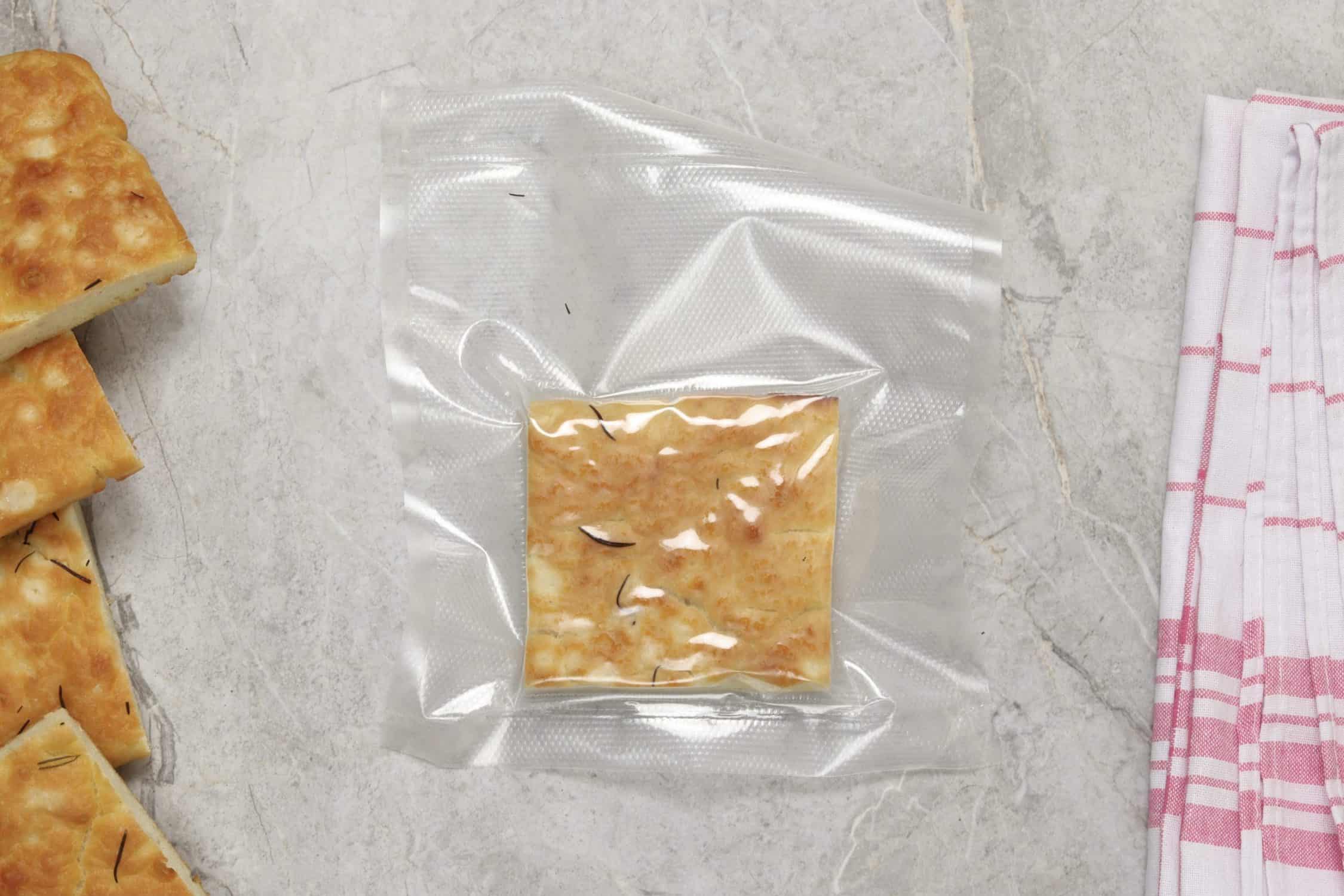
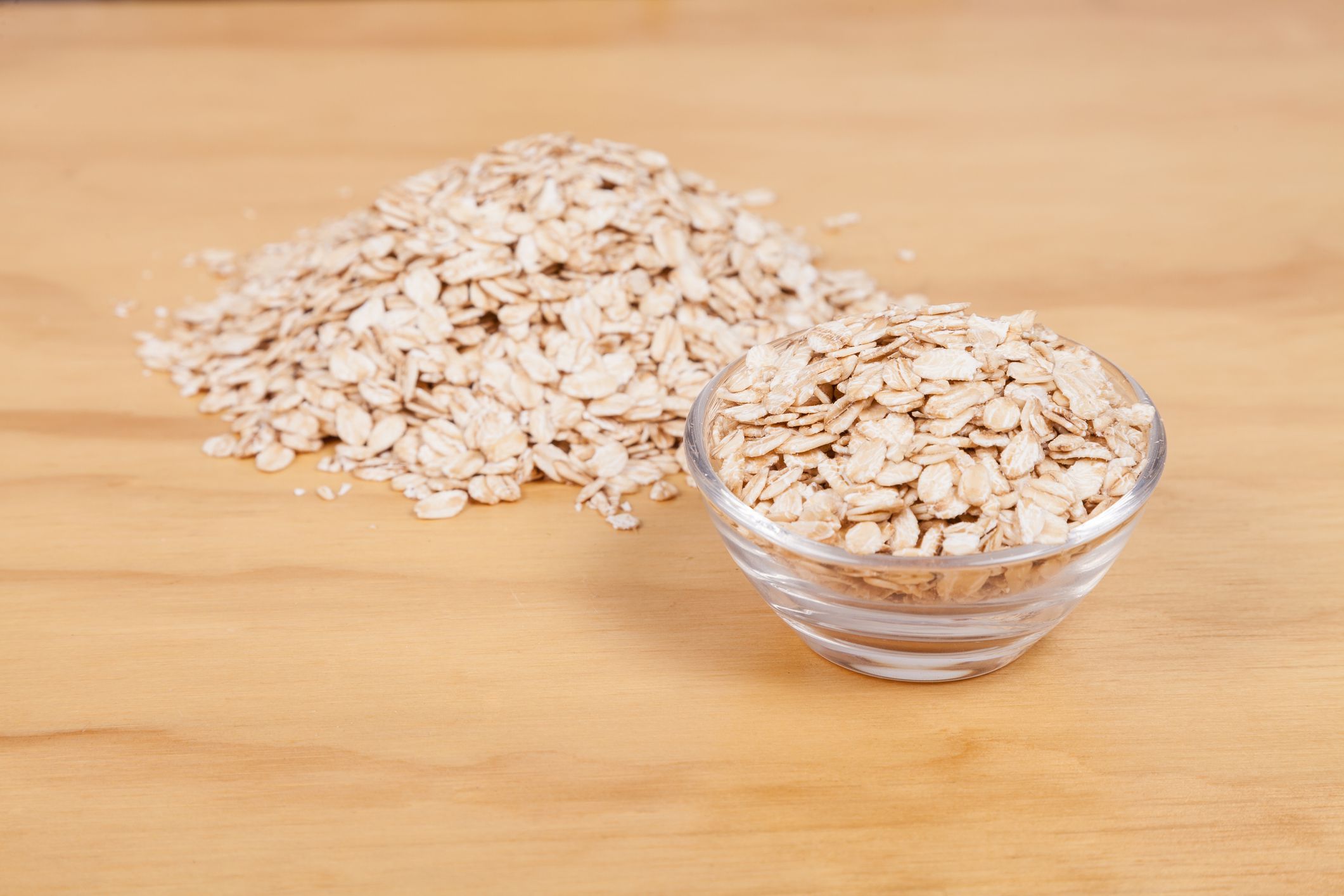
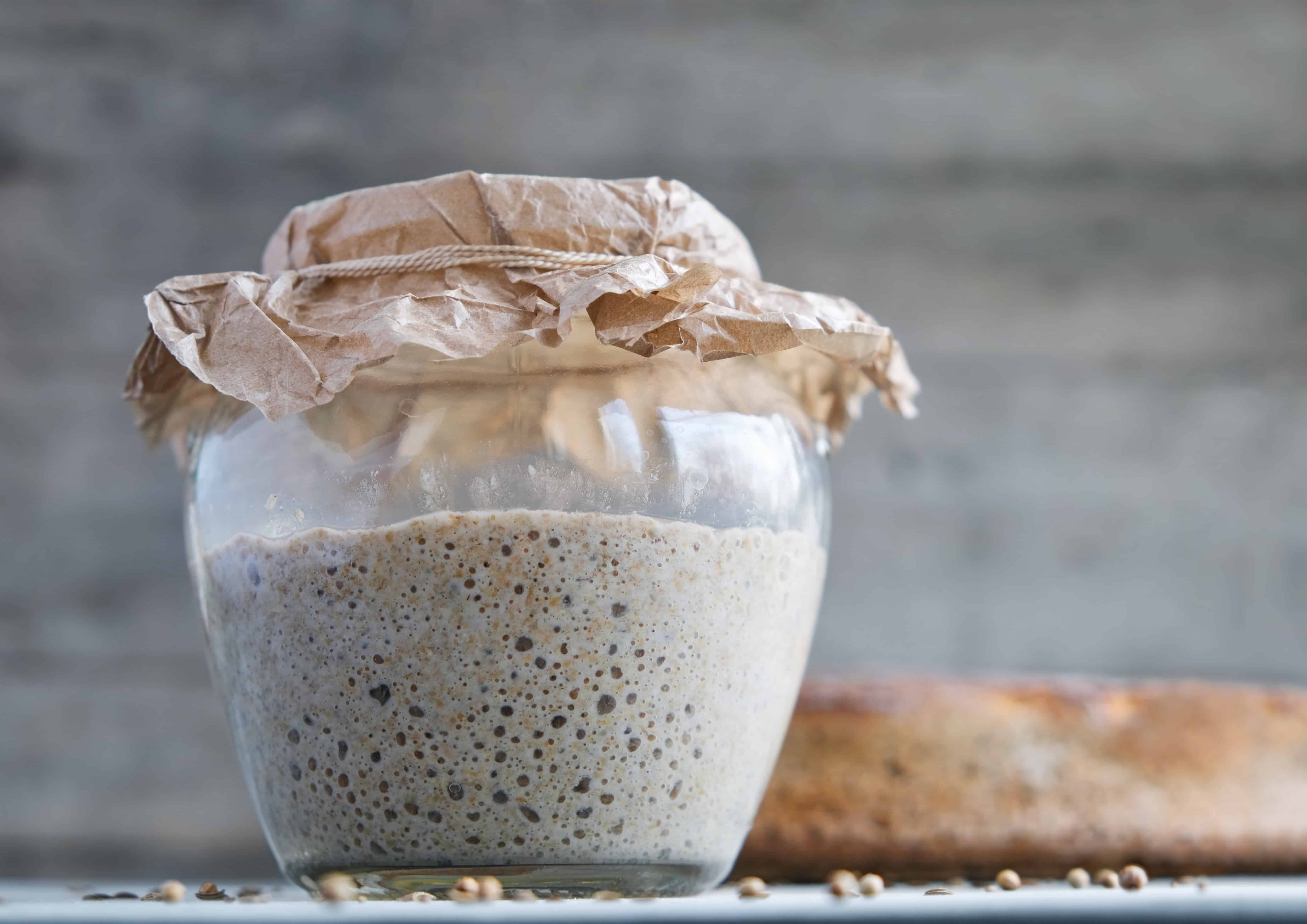


0 thoughts on “How To Store Crusty Bread”